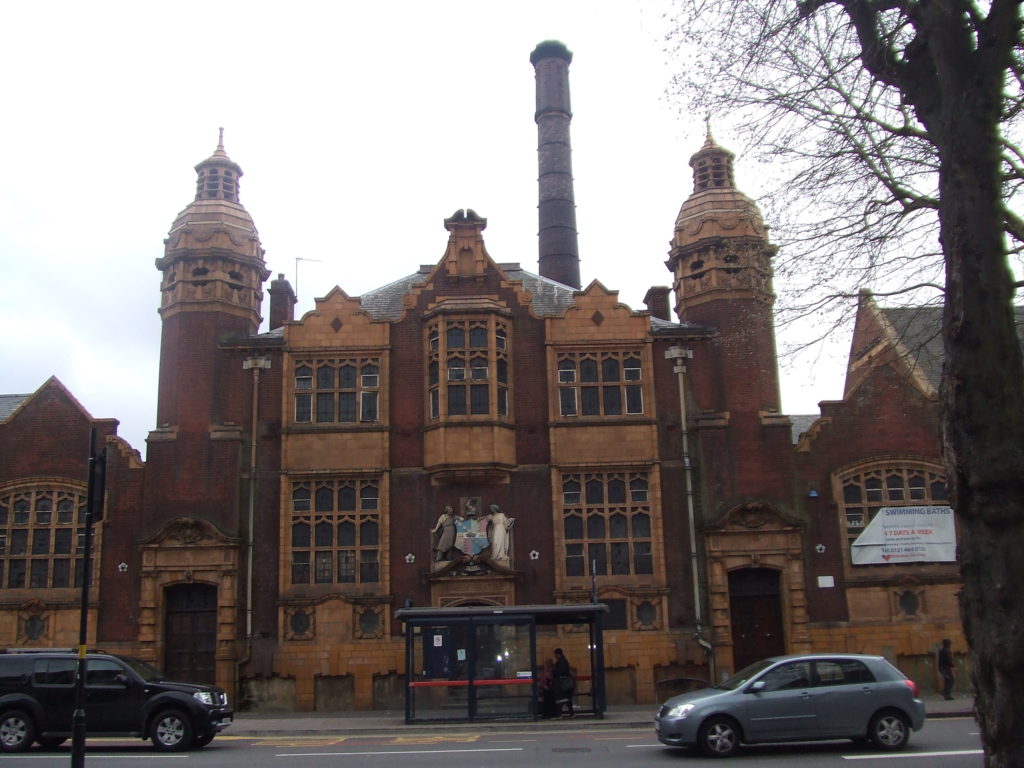Alan Clawley talks about the need to care for Birmingham’s architectural heritage.
The construction of Britain’s Victorian cities was complete by the end of the First World War. They consisted of a city centre with grandiose town halls, hospitals, schools, universities, shops and railway stations, surrounded by a ring of housing for the people who came from the surrounding countryside to work in the new factories. Railway stations, tramlines, water, electricity, gas mains, and sewers were built for the first time and at a scale unknown in human history. The speed and scale of the growth of the Victorian city is unlikely ever to be equalled even though we think modern society is more wealthy and sophisticated than it was in the Victorian era.
Now, a hundred years after the death of Queen Vic the public buildings that made up the Victorian city centre have almost disappeared and been replaced by commercial modern or post-modern office buildings department stores and shopping malls. Public services, such as the Eye Hospital that once occupied central sites have been sold off and expatriated to the suburbs beyond the inner city. Old swimming baths, libraries, park lodges, schools, and health centres have been closed, demolished or sold to anyone who can make use of the discarded building.
A few public buildings, such as the Law Courts, have survived the ravages of the 1960s and the impact of changing customs but in the inner Ccty people still live in popular Victorian and Edwardian houses of all shapes and sizes that show no sign of being replaced by modern ones. And whilst individual occupiers of Victorian houses cherish them the neighbourhoods, streets and public parks in which they stand are now sadly neglected by the local authorities. Dumping has become endemic and litter stays on the streets for weeks on end. Buses and trains bypass the inner city for the outer suburbs or the surrounding countryside where we are told most people want to live.
Concern for the inner city last emerged in the 1970s when councillors decided that houses built before 1919 needed major public investment to stop them becoming slums whilst keeping communities together. Governments recognised that large scale clearance was too expensive and the idea of ‘Urban Renewal’ was born. But the improvements that were made to thousands of houses, streets and parks in the 1980s is now more than thirty years old. The inner city needs a new injection of finance – public or private – if is not to fall into another downward spiral of decay and social decline.
Large scale demolition of the kind we have seen in the city centre is not a feasible option. Established communities can’t be bought out and relocated en masse like shops or dental schools. People depend on local shops, schools and places of worship. Most of them are owner-occupiers, not slum landlords whose low-value property was compulsorily purchased and cleared in the 1950s and 60s and whose tenants were happy to move to a new council flat in Chelmsley Wood.
The ideal family home is marketed today as a brand-new semi-detached house in the country or on the edge of a small town, with its own garden, space to park two cars, and close enough to a motorway junction or a park-and ride rail station for commuting to the redeveloped Victorian city centre. It’s a dream that can’t possibly be realised even if that was desirable for everyone. The Victorian inner city is a good place to live but, like a vintage motor car or a piece of antique furniture, it will need lots of tender loving care it is to survive.
Pic: Moseley Road Baths (c) author.
